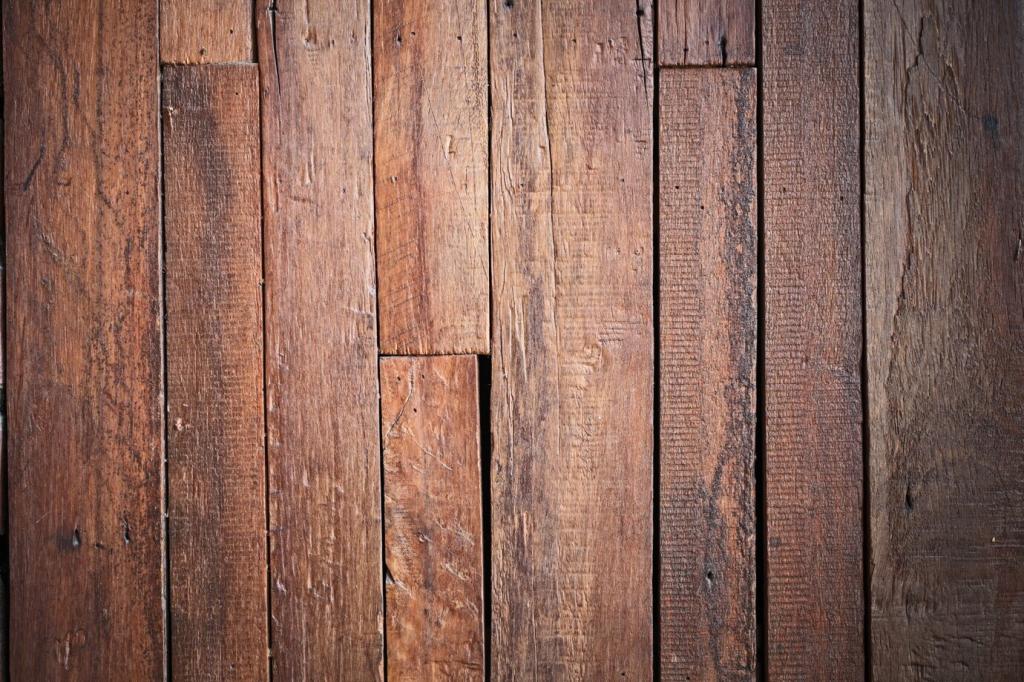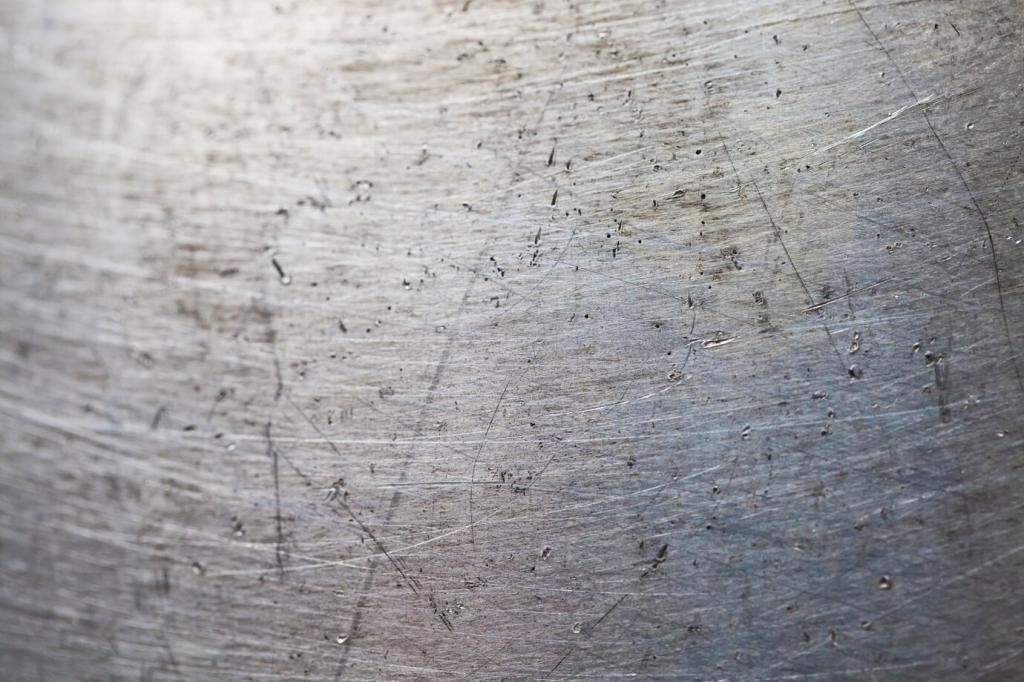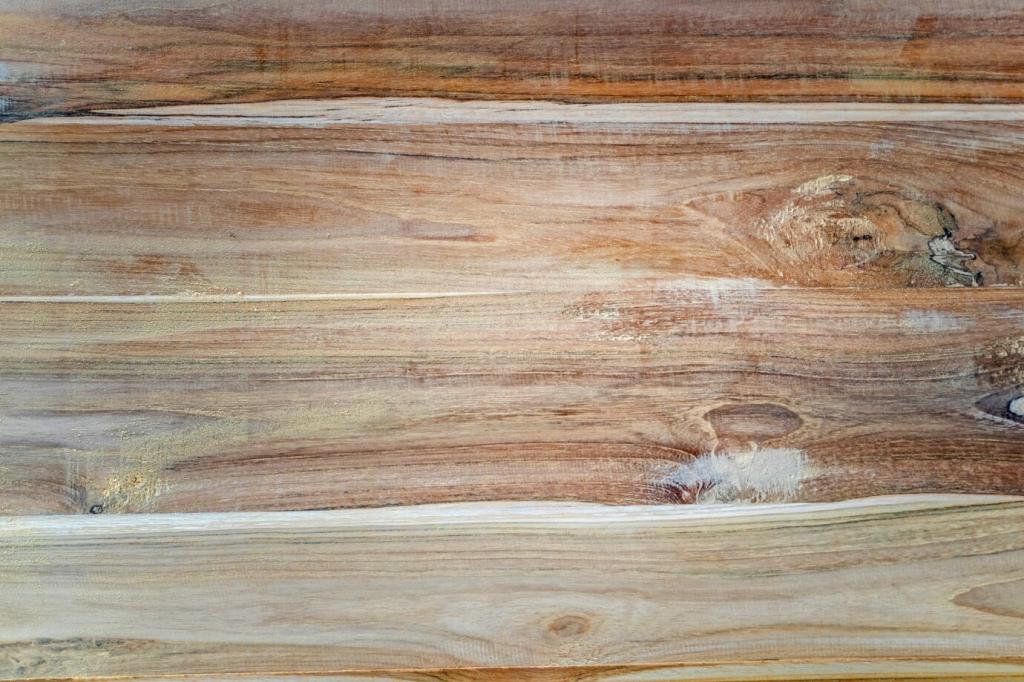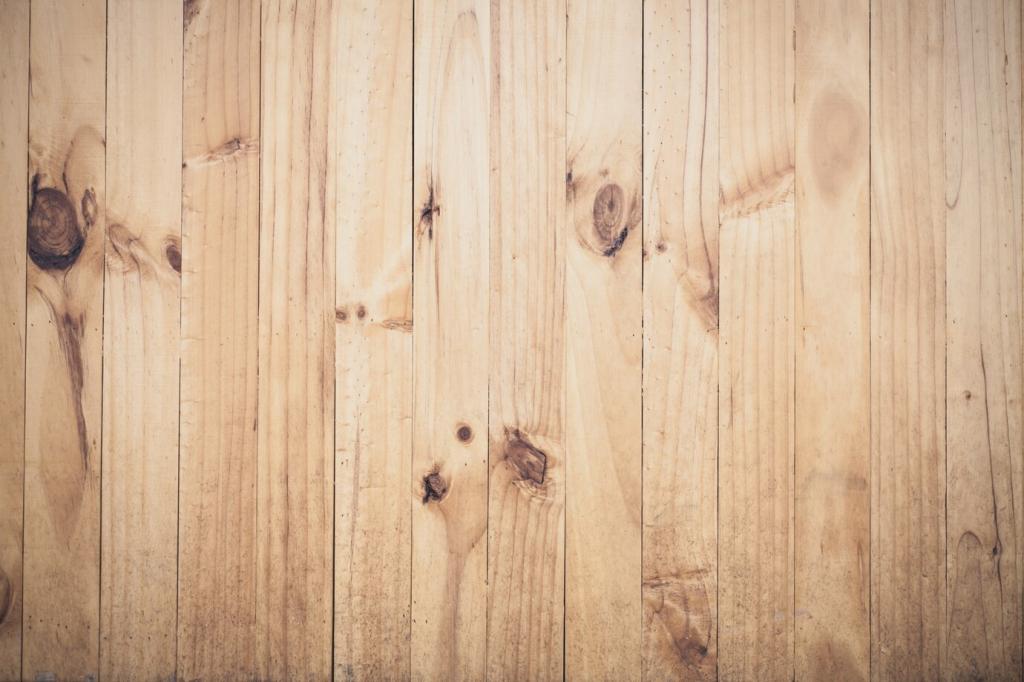Climate-Responsive Architecture in Exterior Design: Building With Weather, Not Against It
Selected theme: Climate-Responsive Architecture in Exterior Design. Welcome to a home page dedicated to exteriors that read the sky, listen to the wind, and honor the seasons. Here you’ll find ideas, stories, and practical design moves that turn climate into a creative collaborator. Subscribe, leave a comment, and help shape a community that designs with empathy—for people, place, and planet.
Reading the Sky: Microclimate Mapping for Smarter Exteriors
Track the sun at solstices and equinoxes to place courtyards, decks, and eaves with purpose. A well-sized overhang welcomes winter light but blocks harsh summer glare, creating comfort without constant mechanical cooling.


Reading the Sky: Microclimate Mapping for Smarter Exteriors
Study wind roses and nearby landforms to shape entries and porches that capture breezes while deflecting gusts. Subtle bends, screens, and hedges can turn turbulent corners into gentle, breathable outdoor rooms.
Shading That Thinks: Facades, Louvers, and Responsive Overhangs
Horizontal louvers on south facades, vertical fins on east and west—simple rules that align with sun behavior. Calibrated spacing and depth can cut unwanted gains while preserving views and the rhythm of daylight.
Shading That Thinks: Facades, Louvers, and Responsive Overhangs
Movable shutters, fabric sails, and deciduous vines offer seasonal adaptability with minimal tech. In summer they shade generously; in winter they retract or thin, letting in low-angled light that warms exterior spaces.


Materials That Breathe: Thermal Mass, Albedo, and Local Choices
Stone benches, earthen walls, and dense pavers store daytime heat and release it slowly when temperatures drop. In diurnal climates, this steadiness turns terraces into calm thermal anchors that welcome evening gatherings.
Materials That Breathe: Thermal Mass, Albedo, and Local Choices
High-reflectance roofs and light-toned pavements lower surface temperatures, easing exterior heat stress. Pair reflectance with texture to avoid glare, and add shaded pockets so comfort persists even during relentless summer afternoons.
Materials That Breathe: Thermal Mass, Albedo, and Local Choices
Regionally quarried stone, reclaimed brick, and bio-based claddings cut transport emissions and suit the weather that shaped them. Checking environmental product declarations helps align beauty, durability, and climate responsibility in one choice.



Passive Energy: Orientation, Openings, and Seasonal Strategy
Align living terraces toward predictable light, then tune eaves to seasonal sun. Transparent but shaded openings welcome winter warmth while blocking high summer rays, reducing dependence on persistent mechanical conditioning outdoors.

Desert courtyard calm
In a hot-arid town, a family rotated their courtyard wall by a few degrees and added a perforated screen. Afternoons softened, evening breezes lingered, and the patio became their favorite reading sanctuary.

Coastal monsoon resilience
A raised porch with operable storm shutters and corrosion-resistant cladding turned cyclonic squalls into a manageable event. Drainage gaps in stair treads shed water fast, keeping entryways safe and immediately usable afterward.

Cold-climate winter sun
A cabin’s dark-stained, high-mass bench along the south facade absorbed low winter rays. With a generous snow-shedding eave, the porch stayed clear, warm to the touch, and surprisingly welcoming for morning coffee.
